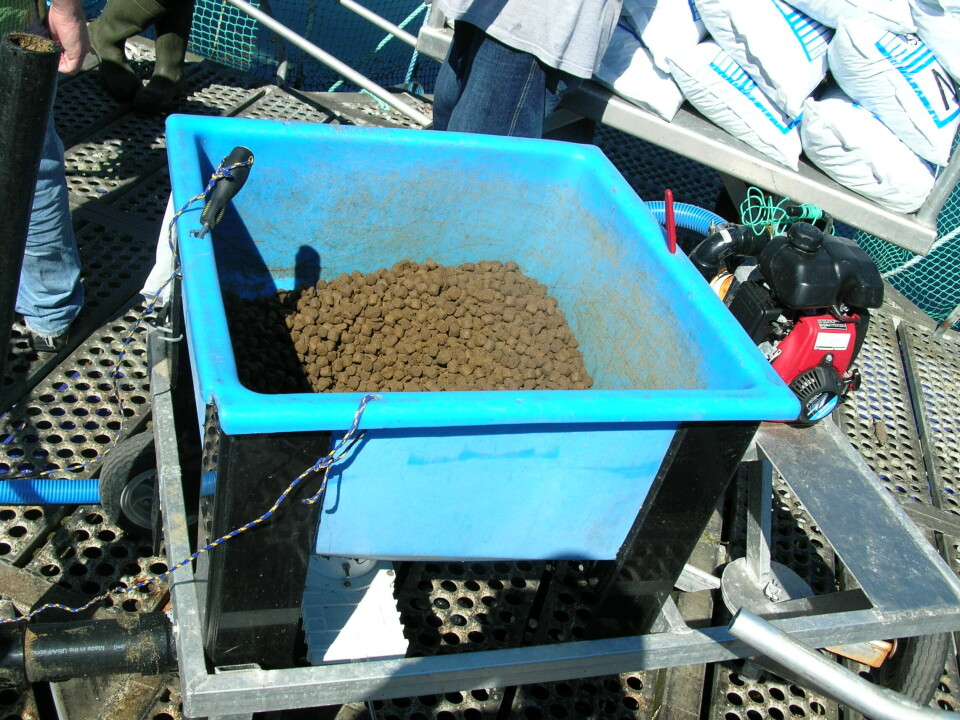
Veggies could indirectly feed Australian and Canadian aquaculture
One company located in Vancouver is trying to perfect the production of the Black Soldier Fly fed on vegetarian products with the ultimate goal of being able to incorporate these insects into commercial diets for Canada’s fish farming industry in view of limited supplies of traditional raw materials from the capture fisheries. And in Australia, the national peak industry body representing the interests of Australian vegetable and potato growers- AUSVEG recently issued a release describing how the organization’s commitment to securing the aquaculture industry’s future is pursuing a similar project;
A healthy diet of Australian vegetables could soon help the local aquaculture industry grow up big and strong, if innovative research into alternate uses for vegetable products catches on. The vegetable industry is currently considering research that would see vegetables used to feed insects for the production of high protein fish food for use in aquaculture. “Insects are a high quality, high yield and sustainable alternative to fish-meal, which is currently used to feed farmed fish. 2.2kg of vegetables can produce 1kg of insects such as Black Soldier Flies, which are around 42 per cent high quality protein and a viable alternative to fish-meal,” said AUSVEG spokesperson, Mr Kurt Hermann. “Feeding fish using vegetables may prove to be an excellent revenue stream for growers. This issue is no drop in the ocean, with approximately 25 per cent of vegetables produced in Australia going to waste at a cost to growers of around $155 million (~€ 109.3 million) annually,” said Mr Hermann. Currently worth $1.2 billion (~€ 846 million) annually, growth in Australian aquaculture is being restricted by its reliance on fish-meal to feed farmed fish. This meal is produced from low-value fish caught from wild populations, further depleting already dwindling wild fish numbers. “Australian vegetable growers are producing more than 277,000 tonnes of excess product each year, which according to this new research can help to provide the local aquaculture industry with a much needed, sustainable food source,” said Mr Hermann. With falling wild catches and increasing demand for seafood, it is predicted that Australian aquaculture will need to double its production by 2020 to meet projected increases in demand. “This is exciting research with the potential to not only assist Australian aquaculture, but help secure the future of Australian vegetable growers by using vegetables that would otherwise go to waste. Improving efficiencies in such a manner will be essential for food security, as the global population heads towards a projected nine billion by 2050. This is just one of a number of exciting research projects being considered by the vegetable industry as we continue to cast a wide net to find alternative uses for excess production,” said Mr Hermann. The research project has been funded by HAL using the National Vegetable Levy and matched funds from the Australian Government.
According to its web site, “Horticulture Australia Limited (HAL) is a not-for-profit, industry-owned company. It works in partnership with Australia’s horticulture industries to invest in research, development and marketing programs that provide benefit to industry and the wider community”.






















































